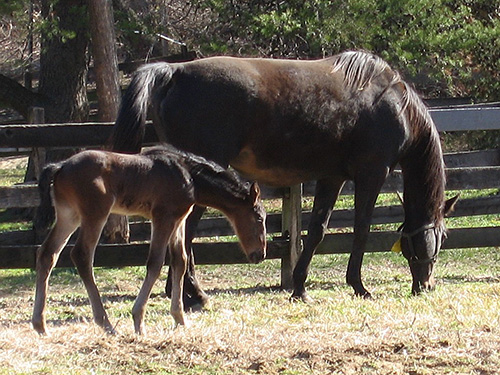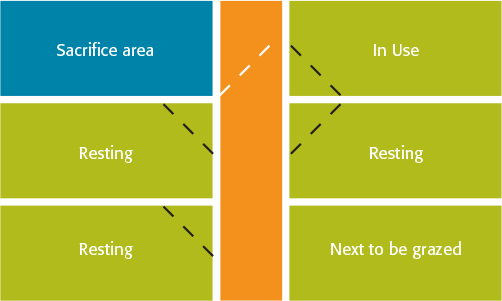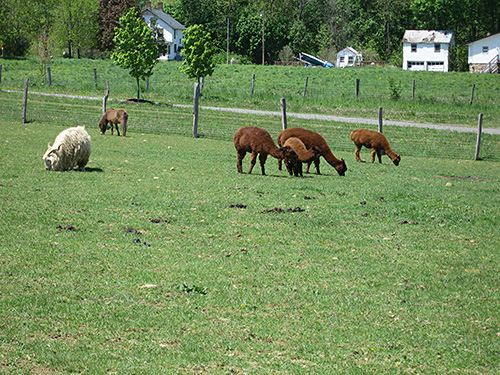
Pastures provide livestock with nutrition and an exercise area. During the growing season well-managed pastures can reduce feed costs for most livestock and eliminate the need for additional feed supplementation. In addition to lower feed costs, bedding and associated labor is reduced.
Year round pasture management is essential for best results, just as with managing livestock. Good pasture management requires careful planning.
Many producers think that after a pasture is planted the job is done. However, a one-shot, minimal management approach will not produce optimal pastures. Poor pasture management often results in poor pasture growth, reduced animal carrying capacity and shortened pasture stand life. Producers can become frustrated because the pasture is not living up to its anticipated potential.
The pasture manager must monitor performance throughout the season, and take action when necessary to avoid or reduce problems.
Many livestock owners are limited in what they can do since they may have less acreage than needed for the number of animals they are maintaining. Others lack the equipment needed to effectively manage their pastures. However, even the smallest pastures can be mowed and dragged using a riding mower and top dressed with a drop or cyclone spreader for fertilizer, lime, and seeding.
Optimal Pasture Planting
| Northern New Jersey | Southern New Jersey | |
|---|---|---|
| Spring Seedling | March 15-May 1 | February 1-April 1 |
| Fall Seedling | August 15-September 20 | August 10-September 22 |
Rotational Grazing
Continuous and rotational grazing are the two most common grazing systems used today. Many livestock owners practice continuous grazing, that is, leaving the animals on the same pasture throughout the season. This can cause problems with overgrazing, compaction, and a reduction in forage quality and quantity. Continuous grazing also promotes the introduction of weeds into the pasture. Pasture plants are unable to survive this type of heavy grazing. Rotational grazing divides the pasture so that grazing animals utilize one part while the other pasture rests and grows.

Rotational grazing of livestock in different pastures provides the benefit of reduced grazing pressure, improved yields, parasite control, and opportunities for fertilizer application and weed control.



